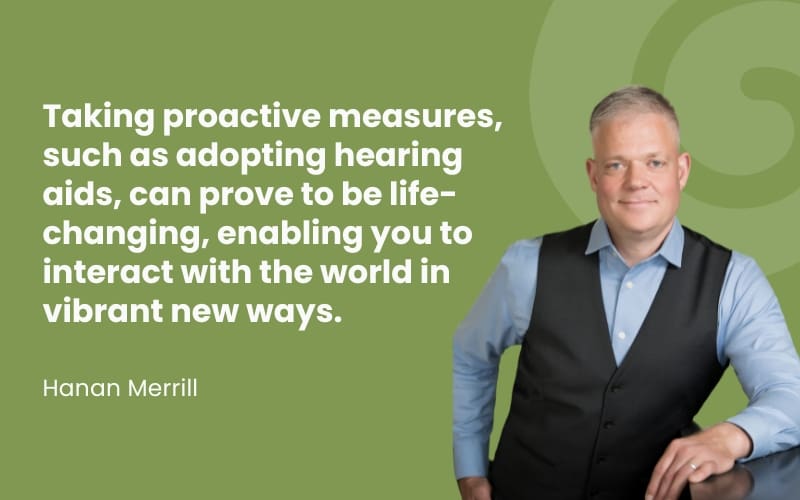
What Is Presbycusis? Understanding Age-Related Hearing Loss
As you age, some changes are inevitable, and hearing is often one of those aspects that undergo significant transformation. One of the most prevalent conditions affecting older adults is presbycusis, or age-related hearing loss. Presbycusis refers to the gradual loss...

Journey to Better Hearing: Murray’s Inspiring Story at Nanaimo Hearing Clinic
Embarking on a journey to better hearing can be an intimidating decision, especially if you're unsure where to begin. Just like you might be feeling now, Murray once faced the uncertainties of addressing his hearing loss. During his time working at the Municipality of...

Travel Smart With Hearing Loss or Tinnitus: Your Summer Checklist
Embarking on summer travel is the highlight of the season for many, but when you're managing hearing loss or tinnitus, careful planning is crucial to ensure you experience a smooth and enjoyable journey. With the right preparations and tools, you can fully immerse...

Discover the Joy of Better Hearing: Embrace a Fuller Life
Sound serves as more than just a background to your daily activities – it is a pivotal element of how you experience life and maintain meaningful connections. Untreated hearing loss can significantly hamper your ability to communicate effectively, leading to...

How Seasonal Allergies Affect Your Ears
Seasonal allergies affect millions every year, leading to familiar symptoms such as runny noses and itchy eyes. But did you know they can also impact your ears? For many, this connection between allergies and ear health is not immediately apparent. If you experience...

The Top 6 Signs of Hearing Loss You Shouldn’t Ignore
Awareness about hearing health is crucial, as hearing loss often sneaks up gradually. It's important to recognize the signs early to ensure you're not missing out on the sounds that enrich our lives. Recognizing these signs early allows for more effective management...

Loving Local Businesses in 2025
At the heart of our mission is an unwavering belief in the power of supporting local businesses – businesses that are the backbone of our neighbourhoods, the vibrant threads that weave our community together. You voiced your love for these unique vendors through our...

Four Ways to Optimize Your Hearing in 2025
Each year we make sure to get our teeth cleaned, our eyesight tested and our physical health checked – but when was your last hearing test? As our world gets louder with advancements in technology and live events increasing, it’s more important than ever to take care...

What Impact Is Artificial Intelligence Having on Hearing Aids?
Hearing aids have come a long way past their bulky, awkward predecessors; the latest technology in our industry includes Bluetooth connectivity for direct audio streaming, smartphone compatibility for remote support on the go, and rechargeable batteries so you never...

How to Unclog Blocked Ears – What’s The Most Effective Way?
Earwax, or cerumen, is a natural substance produced within our ears to protect the delicate inner ear from dirt, debris, dead skin and even bugs entering the ear canal. However, sometimes that earwax can become impacted and cause issues with our hearing and balance,...
